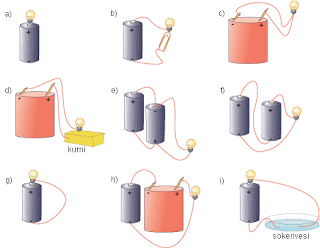Cooling rate
The aim of the practical is to investigate the cooling rate of the tea sample. The temperature (T) of the sample is measured as a function of time (t).
1. The measurement is done at room temperature. Use boiling water to have high initial temperature.
· Take two identical mugs and fill them with 1 dl and 2 dl of tea.
· Read the temperature of the samples every 5 min for over an hour time interval.
· Remember to read the room temperature.
2. Repeat the two measurements outside. Remember to have the same mug and the same initial temperature. Measure the outside temperature.
3. Plot all the data in one (t,T) -system of coordinates.
· Indicate the different data sets
· Draw lines of best fit by eye to the data sets
· Determine the average cooling rate (unit: °Cs-1) for each sample
· Determine the cooling rate at the time t = 0,5 h for both 2 dl samples.
4. Answer briefly:
· How does the cooling rate change as a function of time?
· How does the mass affect on the cooling rate?
· How does the outside temperature affect on the cooling rate?
· Can you explain the shape of the curve?
· Are there any other variables affecting to the cooling rate? How would you investigate their contribution?































